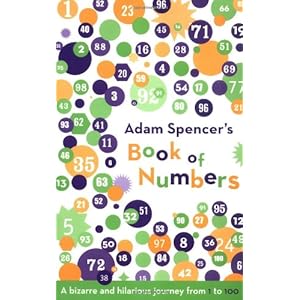Students experience a much greater level of success in their
education when they can learn in a comfortable and positive classroom
environment. When students feel compassionate
and emotionally attached toward their peers, they can feel comfortable making
mistakes, taking risks, and stating their opinion in front of their peers. Classroom communities are delicate and
time-consuming to build, but if peer relationships are nurtured, students can
learn to enjoy their education and will associate learning with positive
experiences rather than negative ones.
Tribes
Learning Communities is an educational philosophy that incorporates
socioemotional learning goals into every day teaching. In Tribes classrooms, teachers teach using
specific strategies that present curriculum material in ways that promote a
strong classroom community and provide opportunities to reflect on specific socioemotional
goals such as inclusion, social skill development, goal setting, and conflict
resolution. Here are some examples of
Tribes activities that can be modified for use in the math classroom:
1 1.
What’s
on Your Mind?
This activity is completed after students
learn a new concept. In this activity,
students take turns sharing any concerns or point of clarification that they
require (these concerns are shared on a piece of chart paper). Next students pair up and help one another to
clarify the concerns. This activity is
great for review before a test, and is an excellent diagnostic tool for
teachers as well. In reflection
afterwards, teachers should lead a class discussion on how students felt when
their peers helped them to understand what they weren’t sure about, what
personal strengths they used to be successful in the activity, and which
communication skills were important in this activity.
2 2.
Snowball
I-Messages
In this activity, students each
write an anonymous “I-message” (ex. I feel _____ when _____ happens) onto a
piece of paper, crumples it up, and tosses it to another student for him/her to
write a comment on. This activity can be
modified as an activity for practice in the math class. Students can each write down a practice
question on their snowball (piece of paper).
During the first snowball toss, students can answer one another’s
questions, and during the second toss, students can mark the answers, leaving
constructive comments. Students should
be encouraged to support one another and to clarify incorrect answers
respectfully, and should reflect afterwards on their ability to create, answer,
and mark the questions, as well as their ability to write constructive comments
to their peers.
3 3.
Graphing
Who We Are
This activity is an excellent activity
to practice student’s graphing skills, and has obvious applications in the math
classroom. In this activity, students
collect data about their peers (eye colours, number of siblings, heights, etc.)
and graph these sets of data. When
students are finished, they can present their graphs to the community. After the presentations, the class should
reflect on the types of cooperative skills that they needed in order to collect
data from others, why individual differences are important, and how to approach
classmates with respect.

*All images and activities taken from:
Gibbs, J. & Ushijima, T. (2008). Engaging
all by creating high school learning communities. Windsor, CA: CenterSource
Systems.











